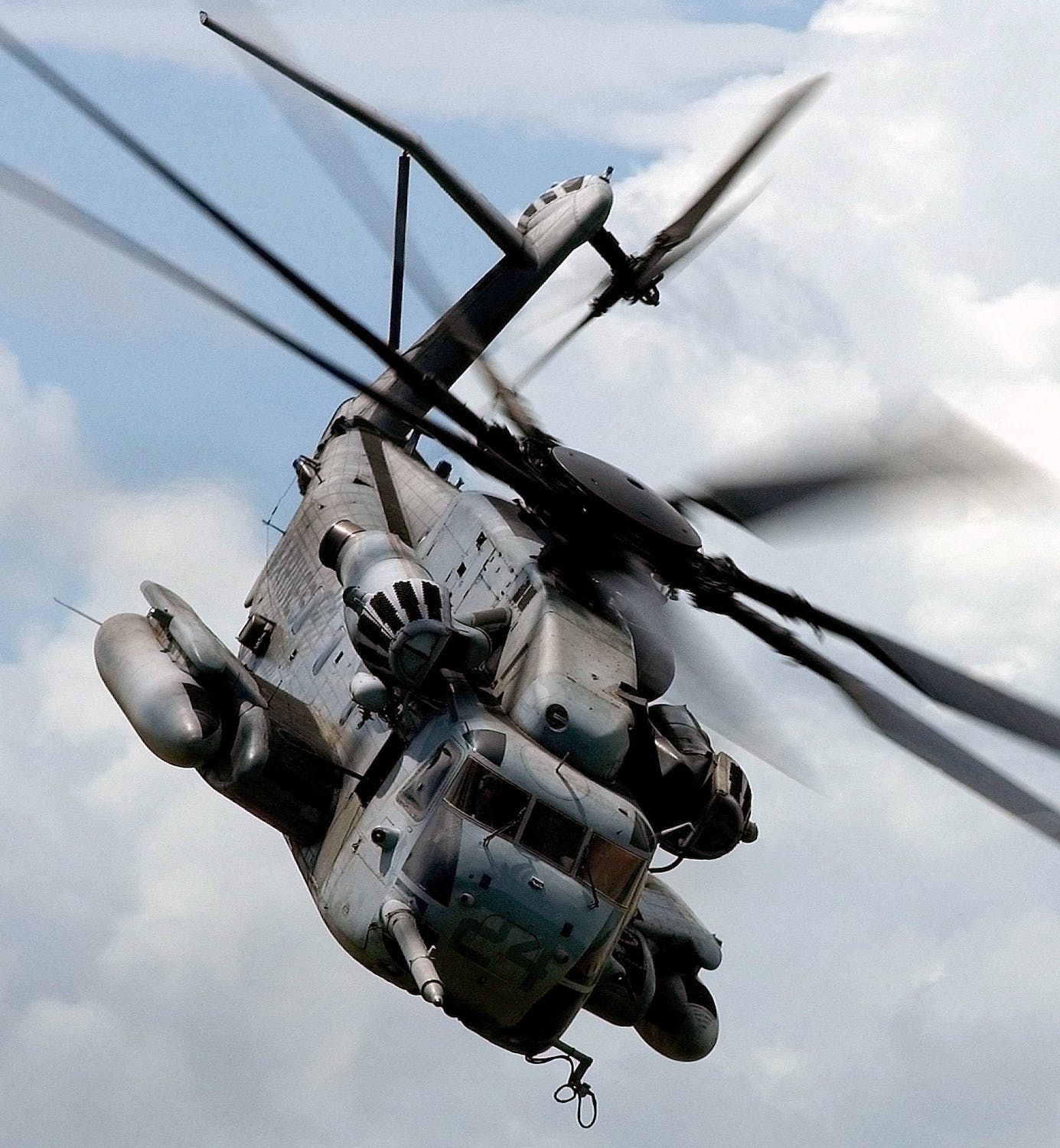
20 Mar SOARING INTO THE FUTURE: AEROSPACE AND DEFENSE TECHNOLOGY ADVANCEMENTS
Few industries have evolved as rapidly as aerospace and defense (A&D). As global connectivity, space exploration, and national security continue to evolve, this sector is only continued to remain poised to break new ground. But what will the future of aerospace and defense technology involve specifically? Glad you asked: Here’s a deeper look at several innovations that will revolutionize air travel, transform space exploration, and redefine modern warfare.
To begin with, unmanned aerial systems (UAS) have been increasingly adopted for both civilian and military applications. The rise of autonomous technology is expected to further enhance UAS capabilities, enabling them to carry out complex tasks without human intervention. As these systems become more sophisticated, they will play a crucial role in aerial surveillance, search and rescue missions, and cargo transportation.
Additionally, AI-driven autonomy will be integrated into traditional aircraft systems, improving safety and efficiency. With advanced autopilot systems and AI-assisted decision-making, human pilots will be better equipped to handle challenging flight scenarios and respond to emergencies.
Hypersonic aircraft, capable of reaching speeds above Mach 5, have the potential to revolutionize air travel by dramatically reducing travel times. This could make international flights more accessible and convenient, fostering global connectivity. The A&D industry is actively researching and developing hypersonic technologies, with several prototypes being tested by governments and private companies alike.
Concurrently, the push for sustainable aviation has led to the development of electric aircraft. Electric propulsion systems offer numerous benefits, including reduced emissions, lower operational costs, and quieter flights. As battery technology improves and electric aircraft become more viable, they will play a significant role in reducing the environmental impact of air travel.
With the increasing interest in space exploration, A&D companies are investing heavily in developing new technologies for space travel and settlement too. Reusable rockets, pioneered by companies like SpaceX, have already reduced the cost of space access and enabled more frequent launches. As reusable rocket technology advances, the cost of launching satellites and space missions is expected to decrease further.
Moreover, the commercialization of space will drive the development of new technologies for space tourism, mining, and manufacturing. Companies like Blue Origin are working to make space tourism a reality, while others are exploring the potential of extracting resources from celestial bodies. The future of space exploration will not only provide exciting opportunities for scientific discovery but also create new markets for aerospace and defense companies.
Modern warfare is evolving rapidly, with the integration of AI, robotics, and advanced materials transforming the battlefield too. Autonomous systems and remote-controlled vehicles will play a crucial role in future combat scenarios, reducing the risks faced by soldiers and improving operational capabilities. Moreover, AI-driven analysis of data collected through reconnaissance and surveillance will provide commanders with invaluable insights for decision-making.
The development of hypersonic weapons and advanced missile defense systems is also occuring within the A&D industry, as these technologies are expected to reshape global military strategies. Additionally, the incorporation of advanced materials and 3D printing will lead to more durable, lightweight, and efficient equipment for soldiers and defense installations.
Put simply, the future of aerospace and defense technology promises to be exciting and transformative. As these innovations become reality, they will not only strengthen our economies and security but also expand the horizons of human knowledge and achievement.



